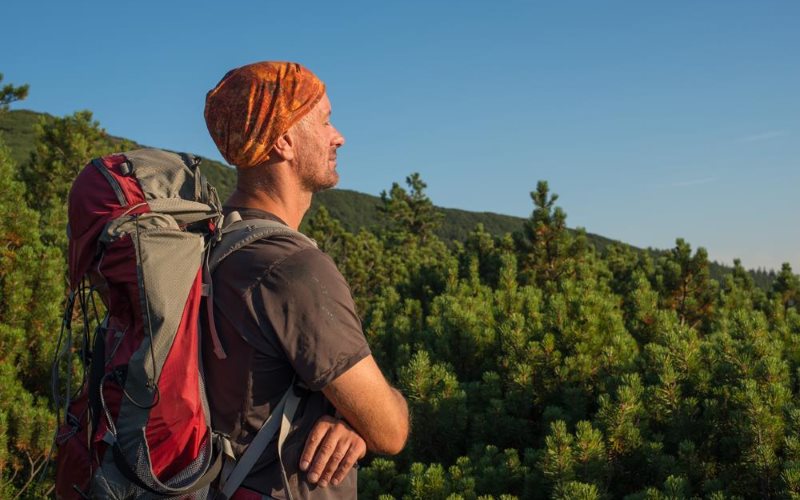 When it comes to hiking, safety should always come first. People often neglect the fact that they are alone in the wilderness. They get caught in natural beauty forgetting how dangerous that beauty may be.
When it comes to hiking, safety should always come first. People often neglect the fact that they are alone in the wilderness. They get caught in natural beauty forgetting how dangerous that beauty may be.
No matter what, you always need to prioritize your comfort and safety. That may sound odd and mutually exclusive. But, it is possible to safely hike while feeling comfortable. All you need is a couple of hiking tricks which we will now share with you.
1. Go ultralight
One of the safest and most comfortable things you can do before a hike is reducing your backpack weight. First of all, heavy backpacks are the main reason for back and shoulder injuries. They lead to a lot of stress and pressure. In fact, if you are a long-time hiker, this will definitely create long-lasting consequences for your body. Wearing a big backpack doesn’t make you safe. If you know what you’re doing, you can slide by carrying much less stuff.
2. Get into shape
Although certain trails require an enormous amount of strength and preparation, most of them can be finished by virtually anyone. However, as a precautionary measure, it is much better to get into shape. Person who is in good physical condition can easily maintain the same pace and adapt to any situation that may occur while in the wilderness. Also, it will make the entire hike much easier and comfortable. All you have to do is walk for a month or two before going on an actual hike.
3. Learn more about your environment
In big countries such as USA, you can hike on various trails which are completely different from one another. Now, this doesn’t only refer to topographic; it also refers to wildlife which you may encounter. That being said, as a hiker, you need to acquire the necessary knowledge about animals and terrain. Otherwise, you might find yourself in a situation which you cannot handle.
4. Find a shelter during a rough weather
During your hike, you will likely encounter a lot of lodgings. Sometimes, they can be a lifesaver. If you think that a bad weather is coming your way, perhaps the best course of action is to go and get a warm room. Although you have your own tent, there is no point in being stubborn. It is much safer to go to a nearby shelter or accommodation and wait for the storm to end.
5. Think about the food and water
Water is often a problem for inexperienced hikers. Sometimes, you may require more water than you brought. If that is the case, you will have to rely on natural sources such as the springs. However, this water needs to be treated before you drink it. Every hiker needs to have his filtration system. Besides that, you can also boil the water to kill microorganisms (although this is a much slower process). When it comes to food, you will have to carry dry, protein and fat-rich food. You could also take a protein shake with you, such as a Proplant Complete Shake, to give your body that a little extra boost of energy during your hike, or to help replenish your nutrition once you’ve stopped for the day.
6. Find your pace
In most hiking guides, you will find info recommending that you hike this or that distance. Always pace yourself. There is no need to rush. Make sure to have a proper pace; one that will suit you. If you overdo it, you can end up stranded someplace without enough strength to set up a tent or find a shelter. This can be really dangerous and it will leave you exposed. Hiking revolves around strength, its usage and proper planning. With a proper mindset, you can conquer almost any trail.
